From Ancient Times to Modern Trends: A History of Beards and Their Styles Across Cultures
In September we had national beards day and this month on the 18th of October, it is national no beards day. To mark both occasions, we want to take you on a journey through time to explore the intriguing history of beards and their diverse styles in various cultures across the globe.
For centuries, beards have been a symbol of masculinity, wisdom, and cultural identity. Over time, the perception of beards and their styles has changed to reflect the values, beliefs, and fashion trends of different societies.
Ancient Egypt: The Birthplace of Groomed Beards
During ancient Egypt, beards held great cultural significance. A well-kept beard was seen as a symbol of social status and men often decorated their beards with elaborate styles, using scented oils and even metal rings. Pharaohs, in particular, wore carefully crafted, forked beards to showcase their divine authority.
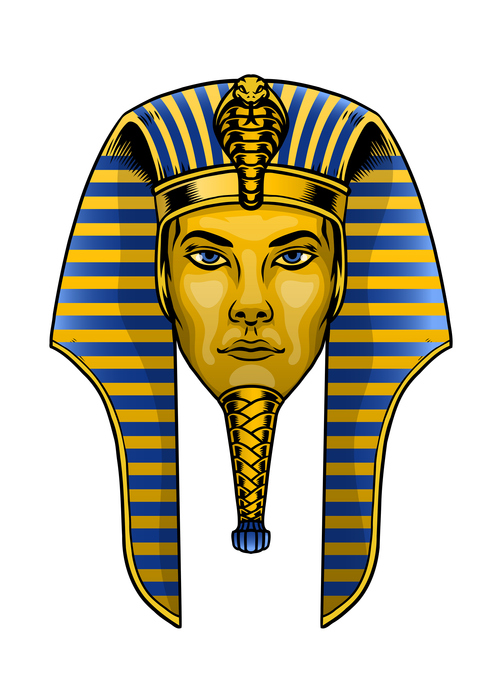
Mesopotamia: The Bearded Warriors
As we journey back in time to ancient Mesopotamia, we discover that beards were highly valued as a representation of strength and power. Assyrian and Babylonian soldiers donned thick, long beards which projected an image of ferocity and might. These civilisations also had particular laws governing the styles of beards to be worn by different social classes.
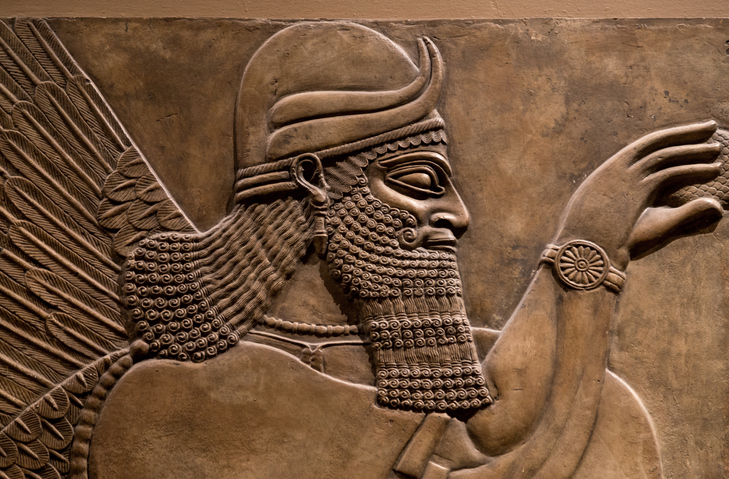
Ancient Greece: Philosophers and Pioneers of Beard Styles
During ancient Greece, beards held varying significance. Philosophers such as Socrates, Plato, and Aristotle were recognised for their long beards, which symbolised wisdom and intellect. However, when Alexander the Great ruled, shorter and well-groomed beards became popular among military leaders who preferred a practical appearance to avoid hindrance during battle.
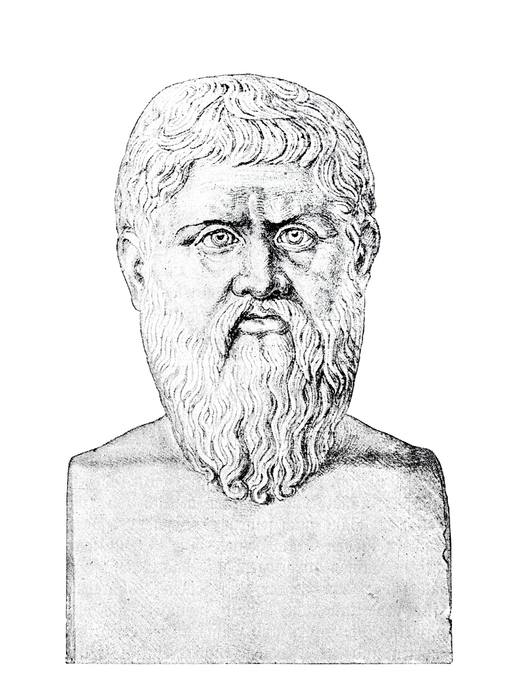
Roman Empire: A Shifting Trend
The Romans had a complicated connection with facial hair. At first, they appreciated the bearded Greek philosophers, but over time, a smooth-shaven appearance became stylish. This tendency continued for many years, with emperors like Julius Caesar and Augustus leading the way. However, during the latter part of the Roman Empire, beards became popular once again, representing a return to conventional values and manliness.

Viking Age: The Era of the Mighty Beard
The Vikings were renowned for their warrior culture and their striking beards. These rugged seafarers proudly displayed their full, bushy beards as a sign of their strength and bravery. The Viking beard style, which was often decorated with braids and beads, has made a lasting impact on modern culture.
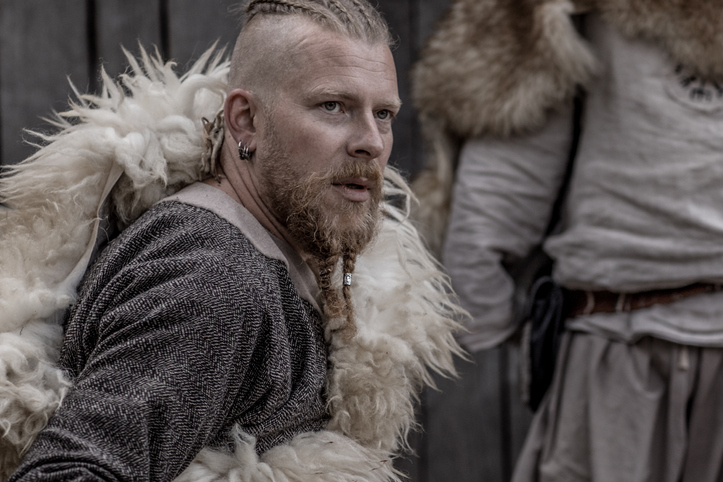
Middle Ages: The Beard's Resurgence
Facial hair became popular again in Europe during the Middle Ages. Knights and kings proudly showed off their beards, which were often long and flowing. During this time, beard styles varied greatly, including the pointed "Goatee," the "Van Dyke," and the "Imperial," reflecting different fashion trends and regional preferences.
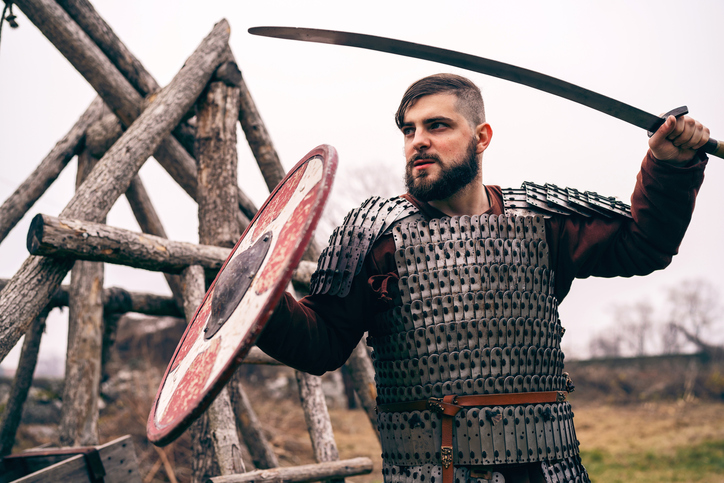
Renaissance and Beyond: Beards as an Art Form
During the Renaissance, there was a renewed fascination with art, culture, and even facial hair. Elaborate beard styles became a means of artistic expression, with European nobility donning the trendy "Ruff Beard" and "Forked Beard" styles.
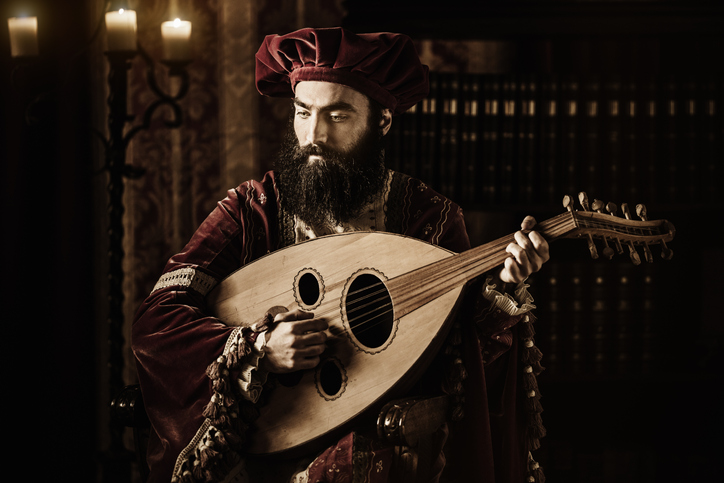
Modern Times: The Ebb and Flow of Beard Trends
During the 19th and early 20th centuries, beards lost their popularity due to changes in social norms and the introduction of safety razors. However, facial hair made a comeback in the 1960s with the rise of counterculture movements, as seen in the popular styles of the "Hippie Beard" and "Fu Manchu".
In recent years, beards have seen a resurgence of their own with various styles like the "Hipster Beard," "Garibaldi," and "Lumberjack Beard" coming to the forefront. Today, beards continue to serve as a means of self-expression and individuality with people from all walks of life proudly showcasing their chosen styles.
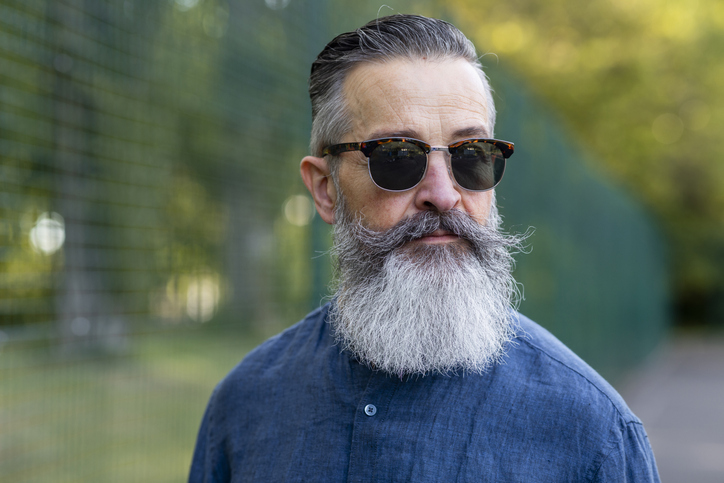
Throughout history, beards have reflected the changing nature of fashion, culture, and identity. From the meticulously groomed beards of ancient Egypt to the rugged Viking warriors and the artistic expressions of the Renaissance, beards have played a multifaceted role in human history. They have symbolised power, wisdom, masculinity, and rebellion, representing the values and aspirations of their time.
Looking ahead, it's clear that beards will continue to evolve and adapt, always serving as a canvas for personal expression and cultural identity. Whether you're a passionate beard enthusiast or simply appreciate the rich history behind facial hair, remember that the story of beards is a fascinating journey through the annals of human civilisation.
Are you a barbershop that specialise in beard trims? If yes, we will love to hear from you. You never know, your elaborate design could feature in our Salonfocus magazine!
